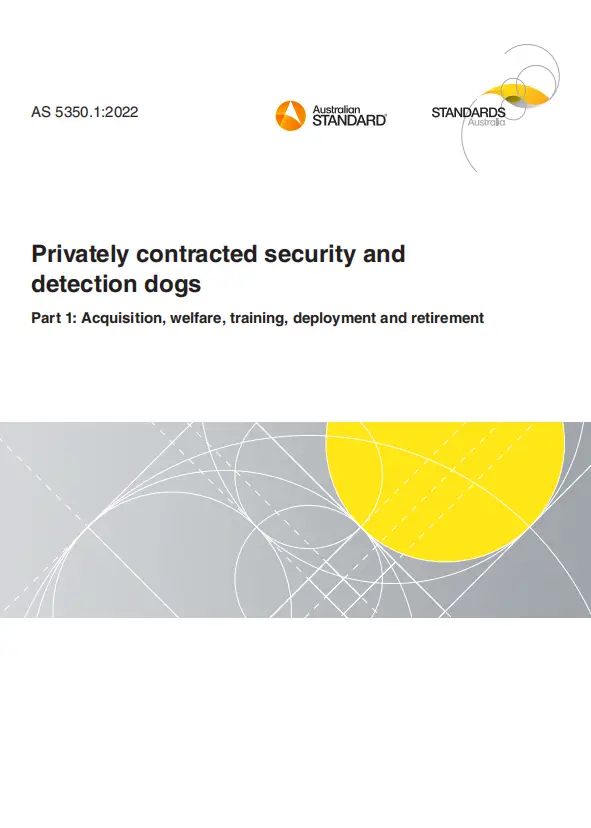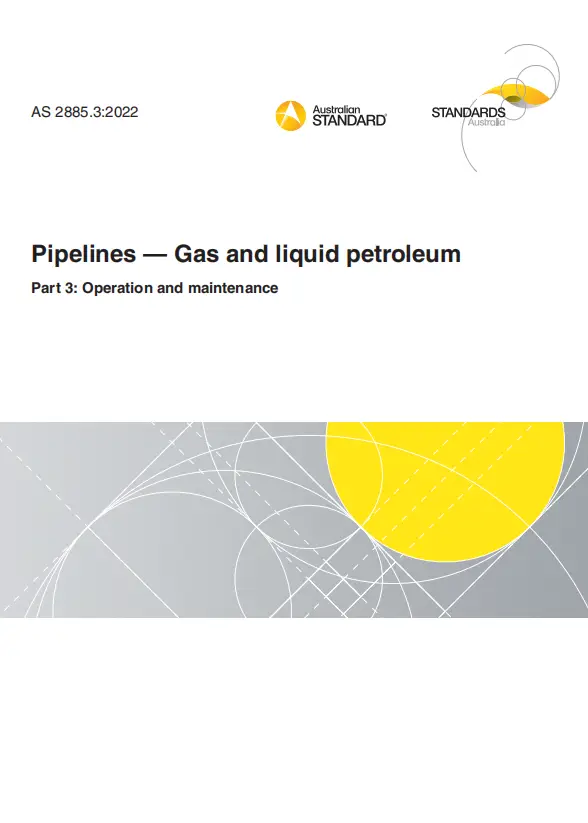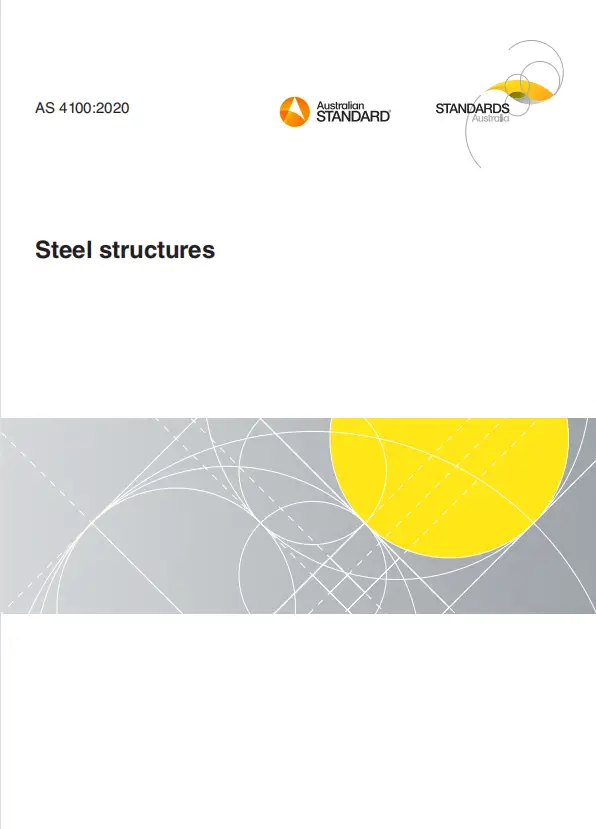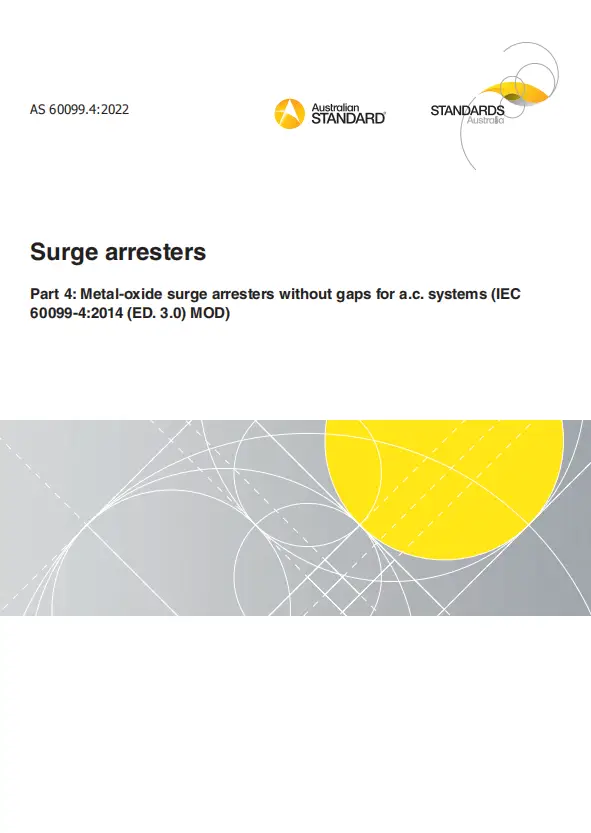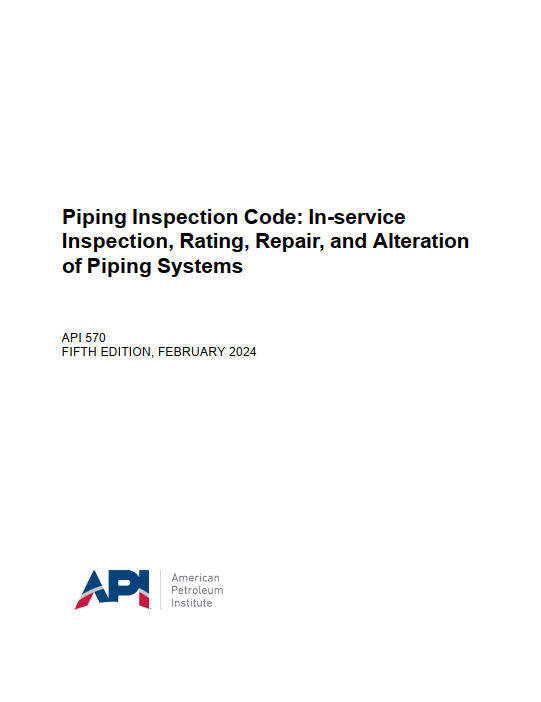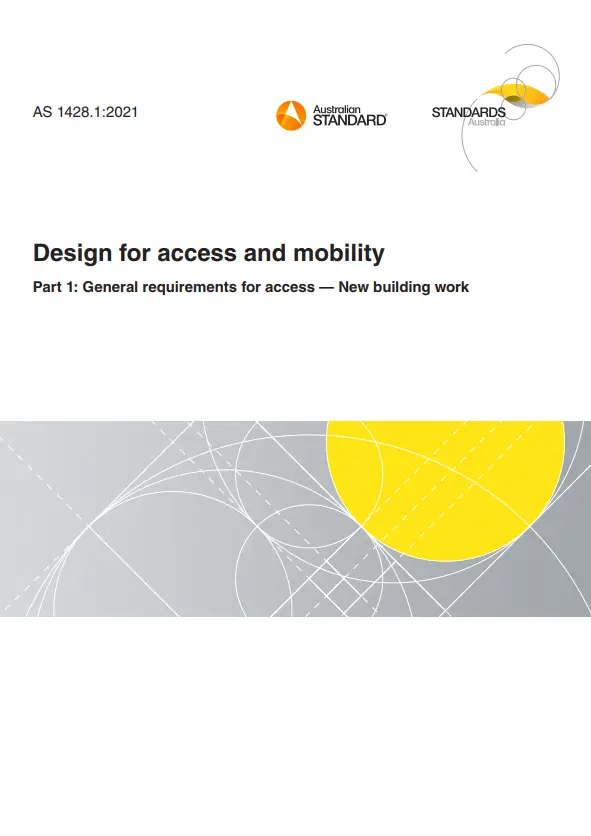AS 5350.1, 1st, 2022 – Privately contracted security and detection dogs, Part 1: Acquisition, welfare, training, deployment and retirement
AS 5350.1 was prepared by the Standards Australia Committee MB-029, Private Security and Detection Dogs. The inclusion of roles and responsibilities in AS 5350.1:2022 was approved by the Standards Development and Accreditation Committee (SDAC) on 6 May 2021 as a one-off exemption to the directives of Standardization Guide 006, Rules for the structure and drafting of Australian Standards.
The objective of this document is to specify the requirements for the acquisition, welfare, training, deployment and retirement of privately contracted security and detection dogs. Permission to reproduce extracts from BS 8517-1:2016 and BS 8517-2:2016 is granted by BSI Standards Limited (BSI). No other use of this material is permitted. The terms “normative” and “informative” are used in Standards to define the application of the appendices to which they apply. A “normative” appendix is an integral part of a Standard, whereas an “informative” appendix is only for information and guidance.
General Product Information:
| Committee |
MB-029 |
| Purchase Note |
All current amendments available at time of purchase are included with the purchase of this document |
| Document Type |
PDF |
| ISBN |
978 1 76113 692 4 |
| Pages |
30 |
| Document Language |
English |
| Publisher |
Standards Australia |
| Status |
Current |
Preview
Table of cotents
Preface
1 Scope and general
1.1 Scope
1.2 Normative references
1.3 Terms and definitions
2 Acquisition
2.1 General
2.1.1 All security dogs
2.1.2 Security dogs (detection)
2.2 Purchase
2.2.1 Pre-purchase requirements
2.2.2 Purchase report
2.2.2.1 General
2.2.2.2 Trained dogs
2.2.2.3 Untrained dogs
2.2.3 Veterinary health screen
2.2.4 Purchase agreement
2.3 Individual dog records
2.4 Record keeping
3 Welfare and management of security dogs
3.1 General
3.2 Five domains model
3.3 Five freedoms framework
3.4 Care
3.4.1 Daily care
3.4.2 Weekly care
3.4.3 Monthly care
3.4.4 Stress reduction and stress management
3.5 Health records
3.6 Nutrition
3.6.1 General
3.6.2 Feeding program
3.6.3 Body condition score system
3.7 Rest, exercise and enrichment
3.7.1 Rest
3.7.2 Exercise
3.7.3 Enrichment
3.7.3.1 Daily
3.7.3.2 Enrichment targeting post-deployment life
3.8 Emergency procedures and first aid
3.9 Veterinary care
3.9.1 Health plan
3.9.2 Records
3.10 Management of breeding programs
3.11 Accommodation guidelines
3.11.1 General
3.11.2 Tethering
3.11.3 Build and placement
3.11.4 Beds and bedding
3.11.5 Kennel size
3.11.6 Isolation
3.11.7 Hygiene and cleaning
3.11.8 Facilities or kennels
3.11.9 Emergency plan
3.12 Transportation
3.12.1 General
3.12.2 Vehicle design
3.12.3 Dog welfare while in vehicle
4 Training
4.1 General
4.2 Training requirements
4.3 Health and welfare in training methods
4.4 Training session records
5 Deployment
5.1 Plan
5.2 Records
5.3 Risk assessment
5.4 Welfare
5.5 Emergency first aid
5.6 Equipment
5.6.1 General
5.6.2 Muzzles
5.6.3 Equipment maintenance and replacement
6 Retirement or rehoming
6.1 General
6.2 Retirement or rehoming
6.2.1 Retirement
6.2.2 Rehoming
Appendix A
Bibliography

